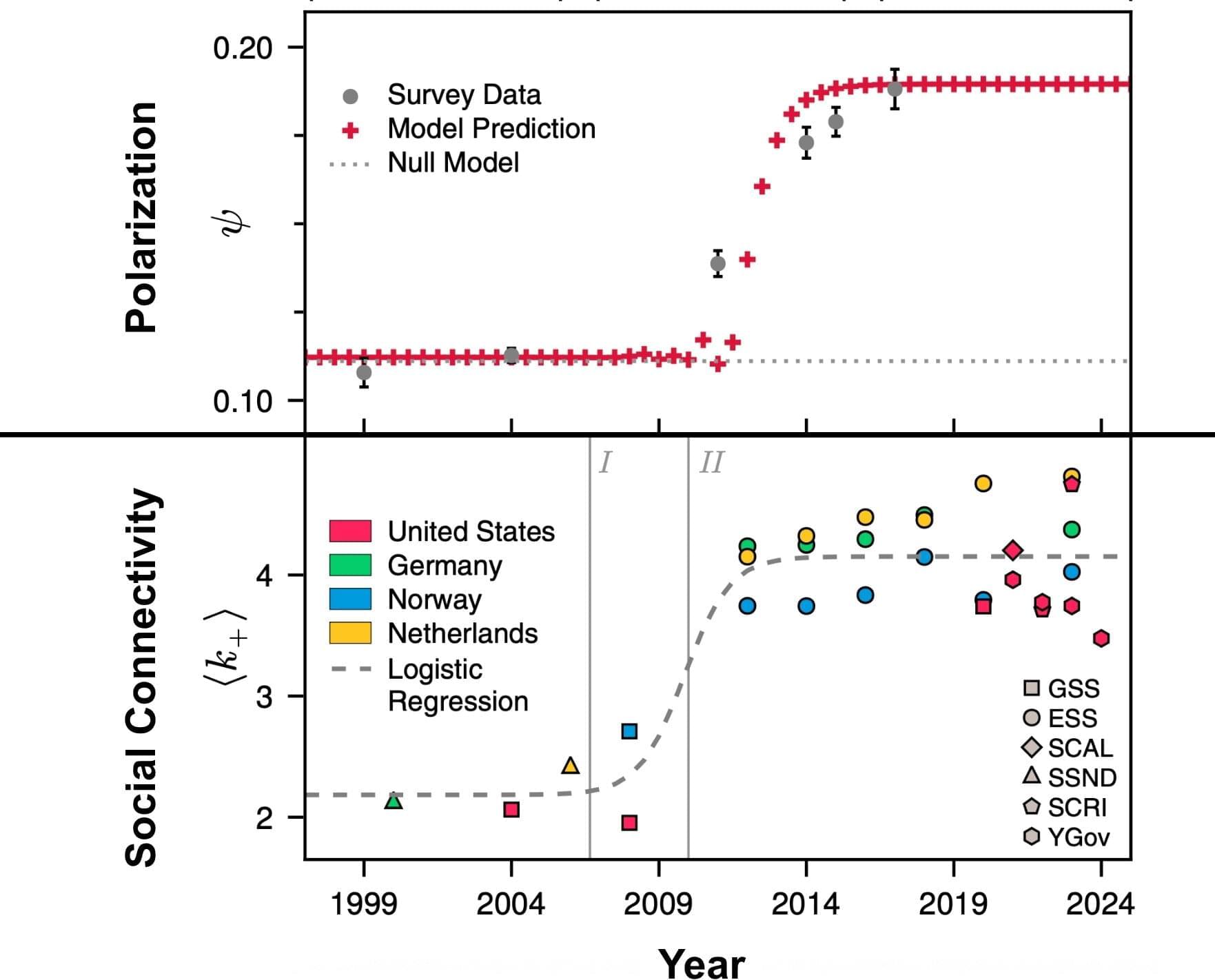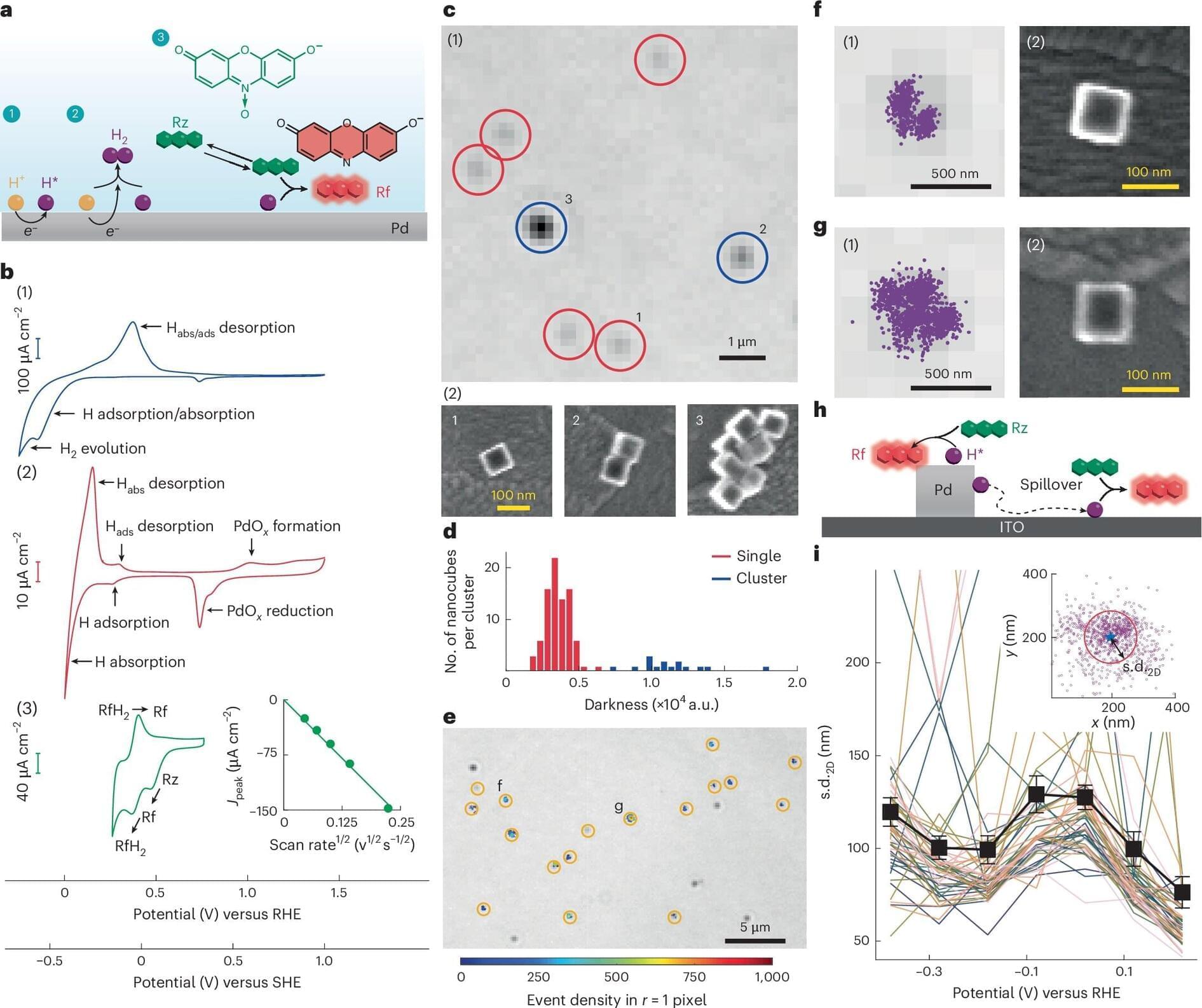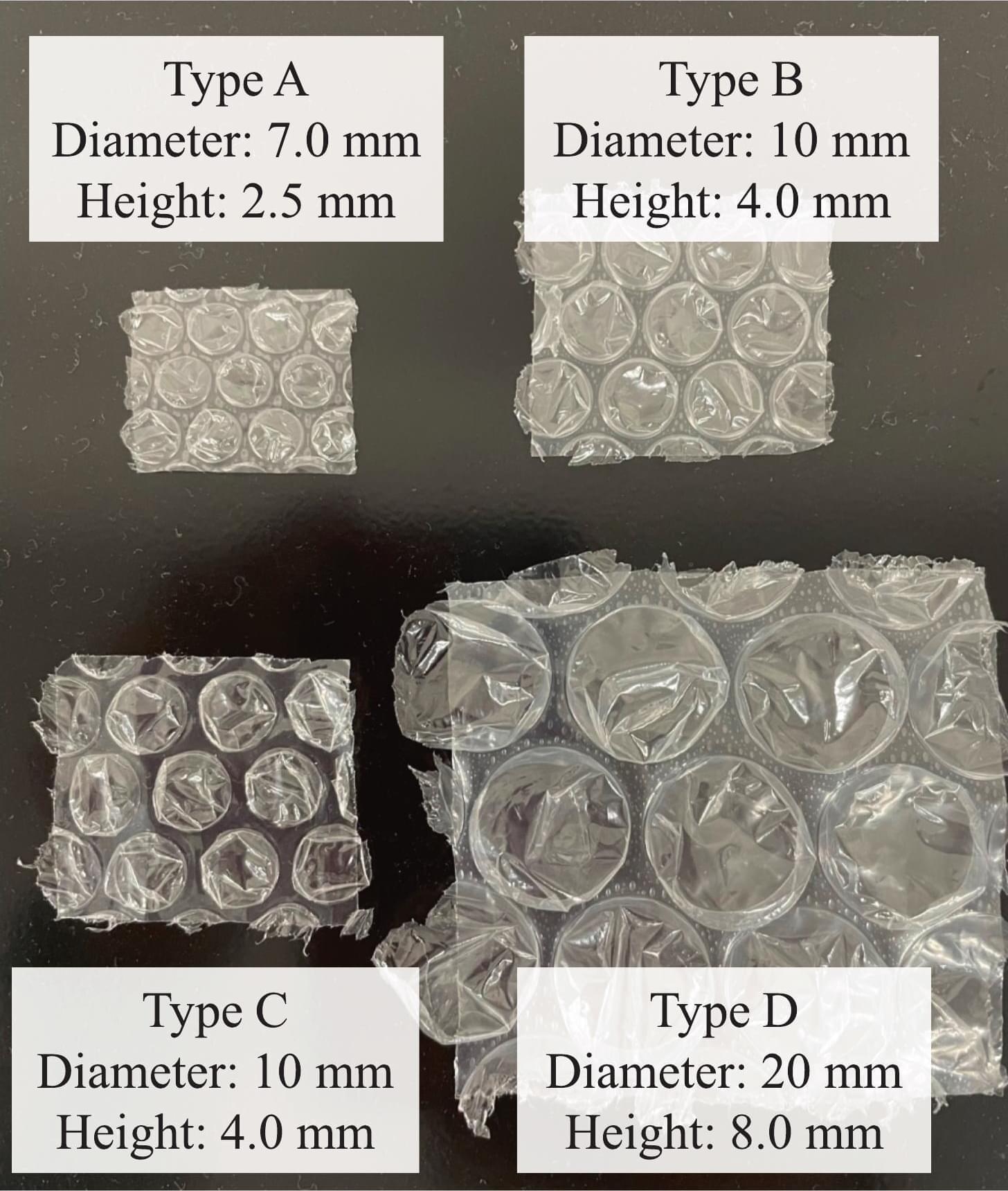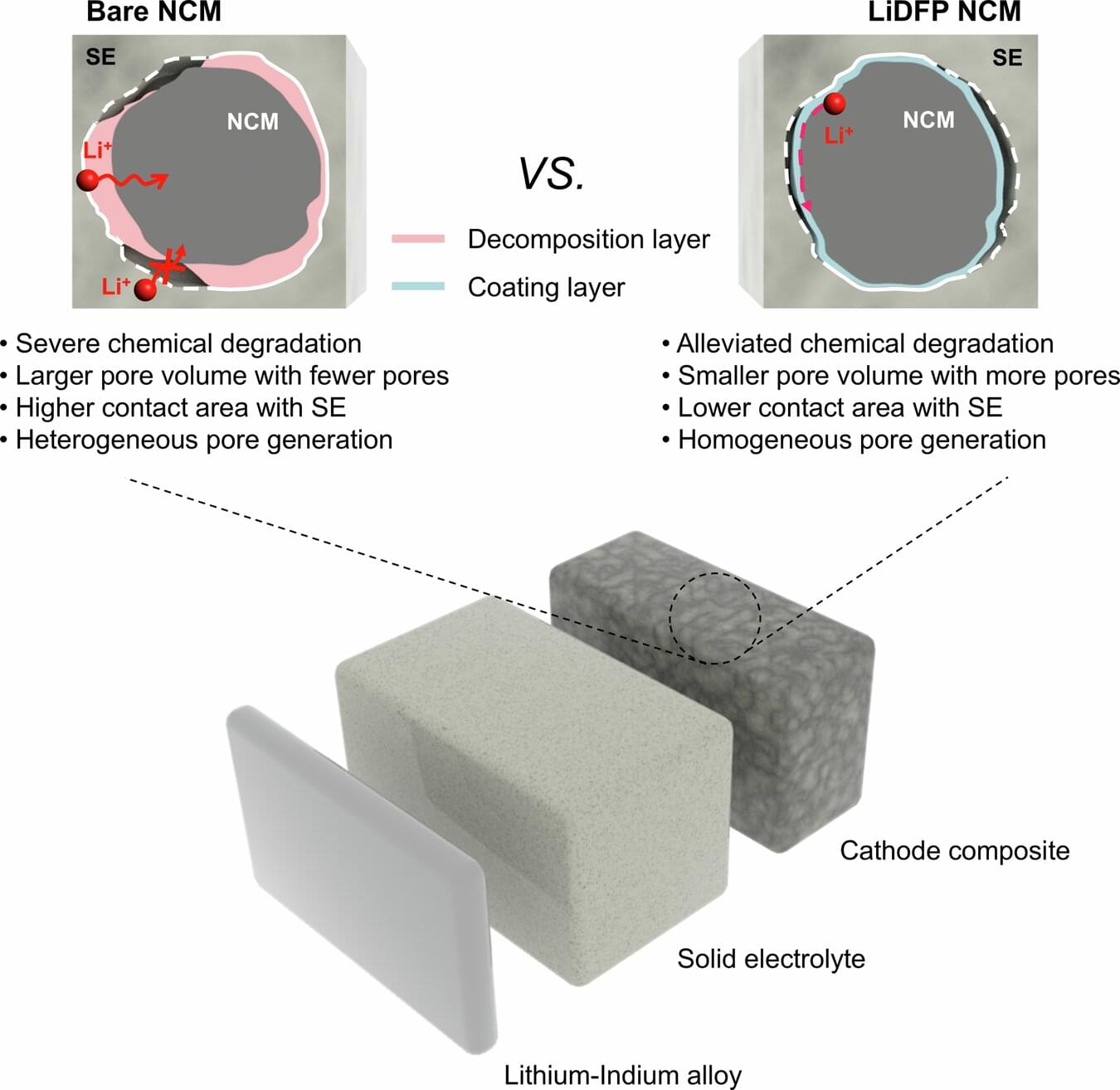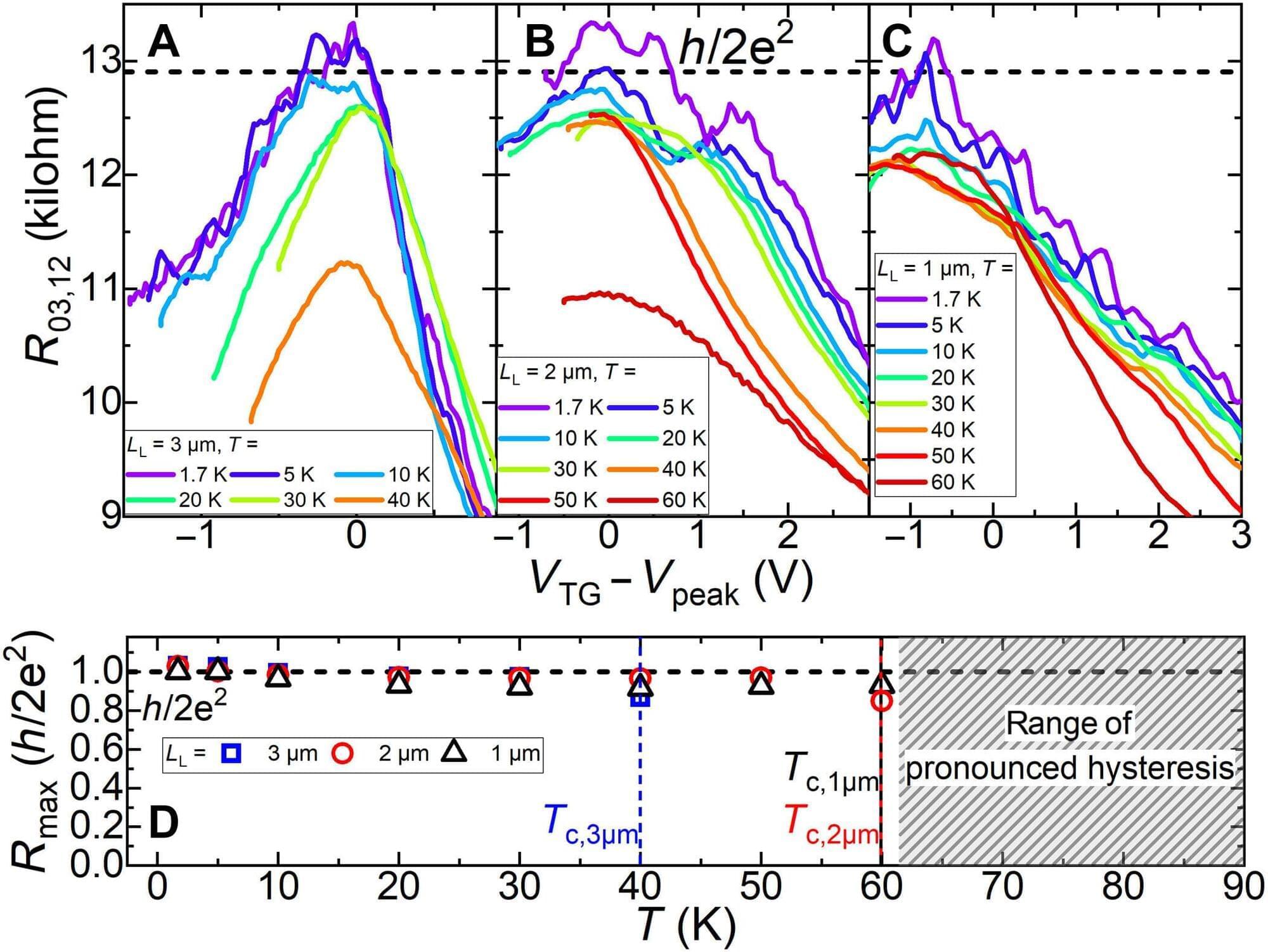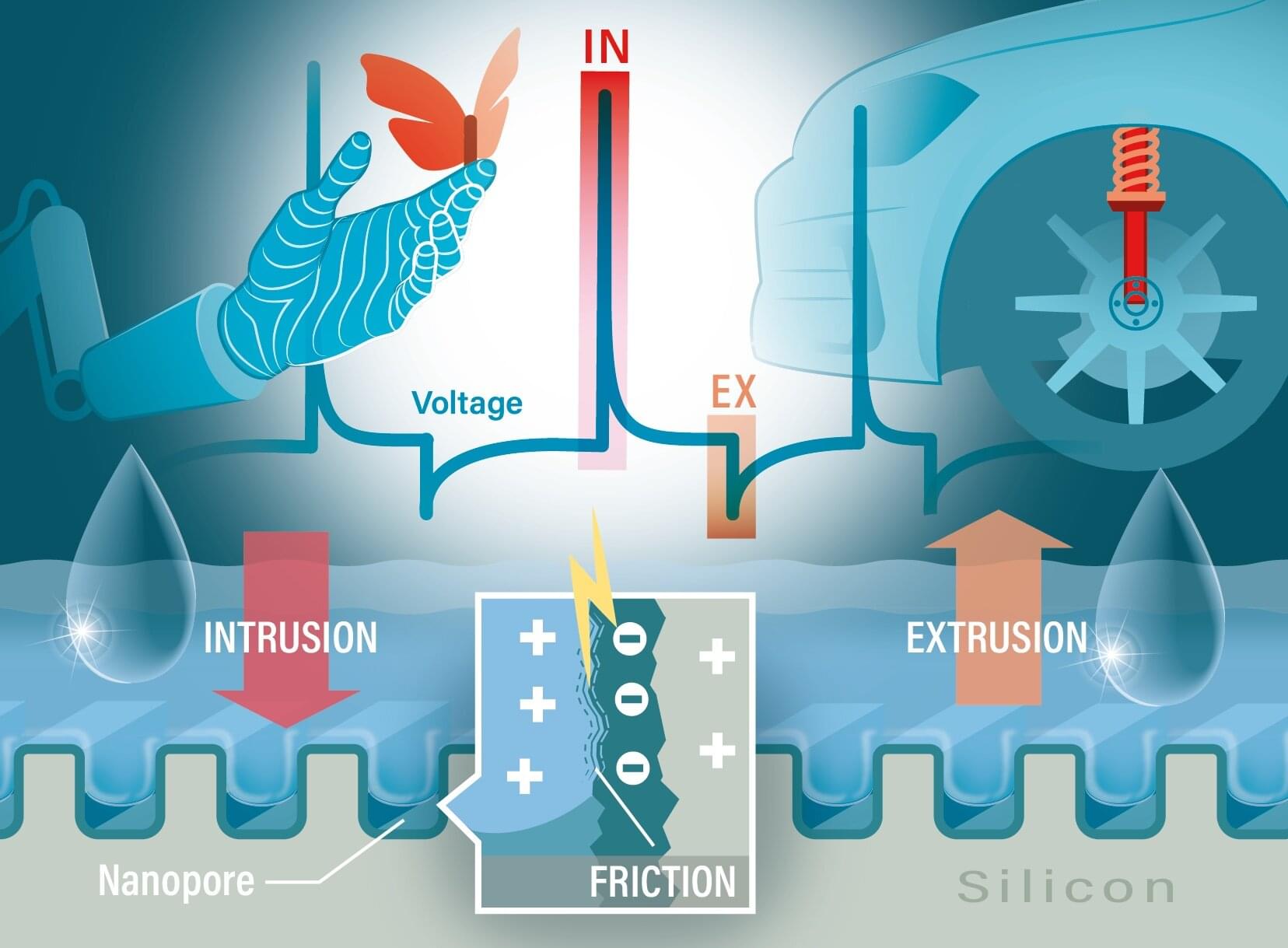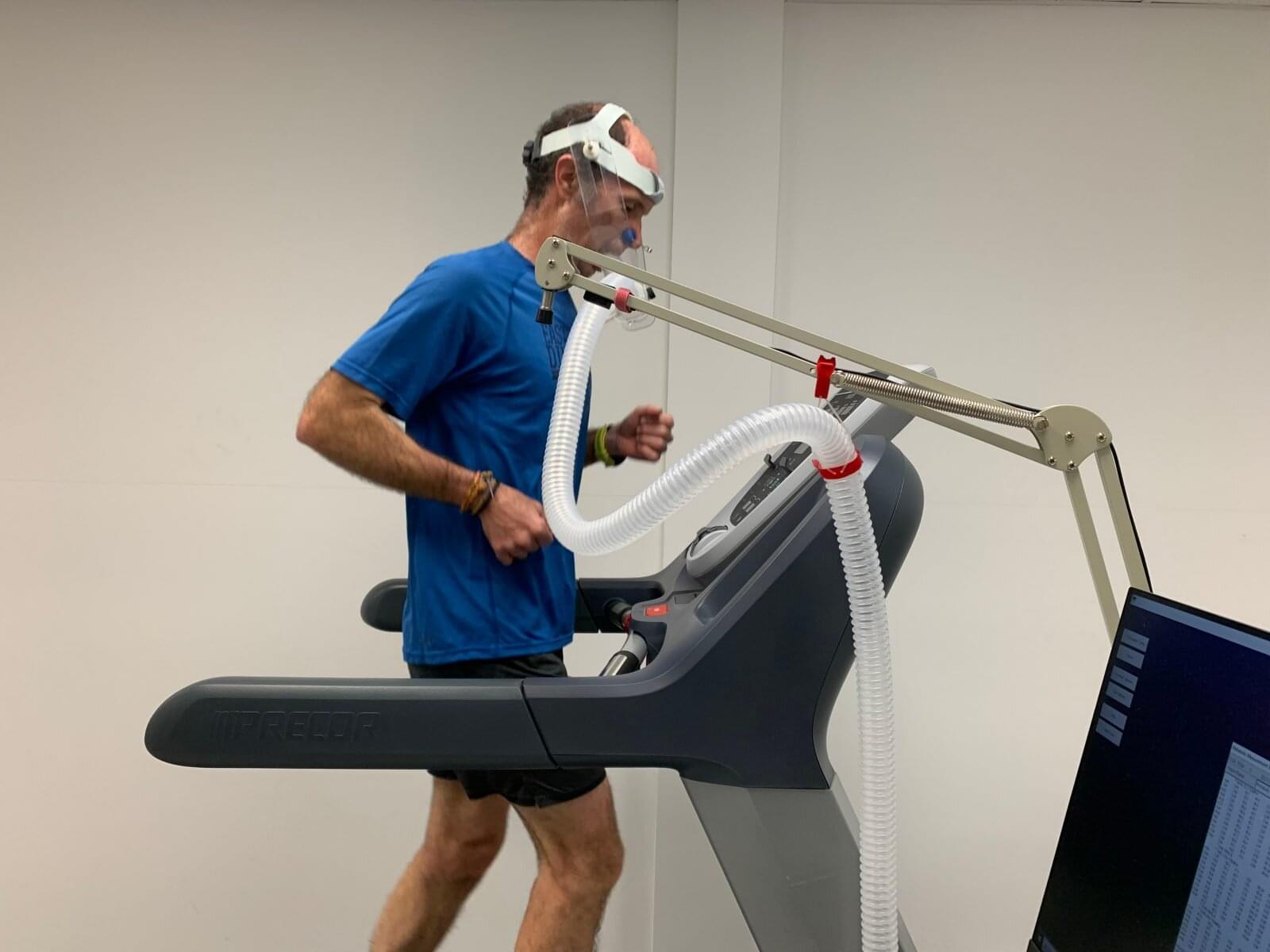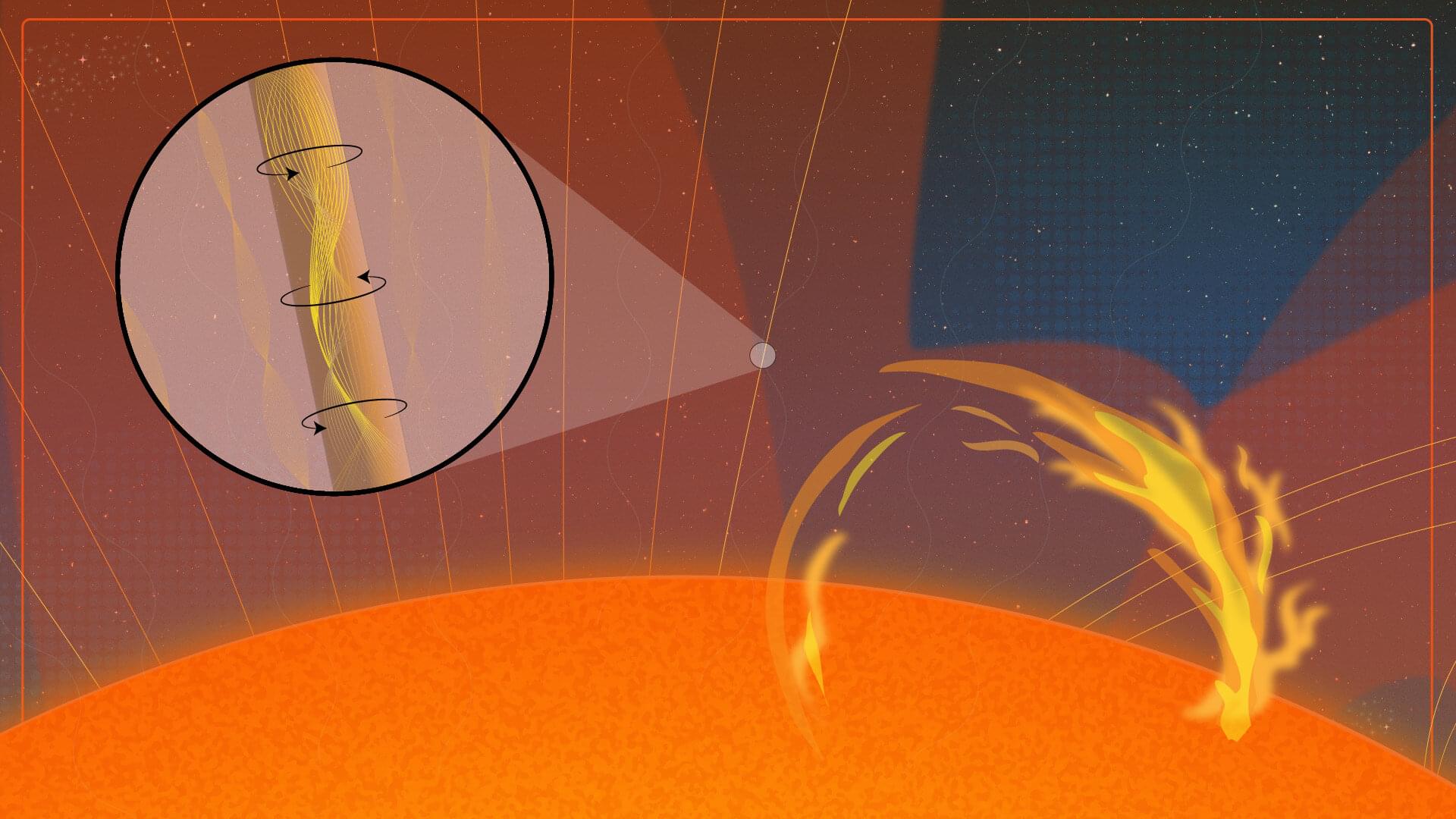Between 2008 and 2010, polarization in society increased dramatically alongside a significant shift in social behavior: the number of close social contacts rose from an average of two to four or five people. The connection between these two developments could provide a fundamental explanation for why societies around the world are increasingly fragmenting into ideological bubbles.
“The big question that not only we, but many countries are currently grappling with, is why polarization has increased so dramatically in recent years,” says Stefan Thurner from the Complexity Science Hub (CSH), explaining the study’s motivation. The research was published in Proceedings of the National Academy of Sciences.
The researchers’ findings confirm that increasing polarization is not merely perceived—it is measurable and objectively occurring. “And this increase happened suddenly, between 2008 and 2010,” says Thurner. The question remained: what caused it?
